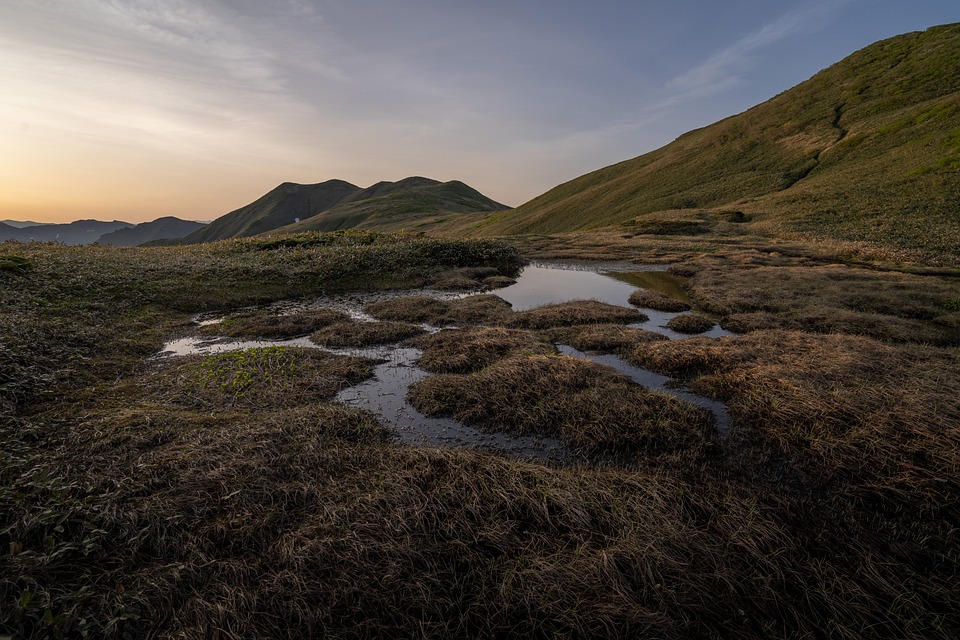From Franklin to Today: A Timeline of Arctic Exploration
The Arctic has long been a place of fascination and mystery for explorers seeking to discover new lands, resources, and scientific knowledge. From the doomed Franklin expedition of the 19th century to the modern-day research expeditions studying climate change, the history of Arctic exploration is a rich and complex tapestry of adventure and discovery.
19th Century Explorations
One of the most famous Arctic expeditions of the 19th century was the ill-fated Franklin expedition, led by British explorer Sir John Franklin. In 1845, Franklin set out with two ships, the HMS Erebus and HMS Terror, in search of the Northwest Passage. The expedition disappeared without a trace, and it was not until years later that the fate of Franklin and his men was discovered.
In 1854, Scottish explorer Dr. John Rae uncovered evidence of the Franklin expedition’s demise, including reports from local Inuit people of cannibalism among the stranded crew. The tragic fate of Franklin and his men highlighted the dangers and challenges of Arctic exploration during this time.
Explorations of the 20th Century
In the early 20th century, Arctic exploration continued with a focus on scientific research and mapping of the region. Norwegian explorer Roald Amundsen became the first person to successfully navigate the Northwest Passage in 1906, proving the existence of a practical sea route through the Arctic.
In 1926, American explorer Richard Byrd became the first person to fly over the North Pole, further expanding our understanding of the Arctic region. Byrd’s flight marked a significant milestone in Arctic exploration and paved the way for further discoveries in the decades to come.
Modern-Day Arctic Expeditions
Today, Arctic exploration is focused on understanding the impacts of climate change on the region and its inhabitants. Scientists and researchers from around the world are conducting expeditions to study the melting ice caps, rising sea levels, and changes in Arctic wildlife populations.
In 2007, a Russian mini-submarine planted a flag on the seabed beneath the North Pole, sparking controversy and renewed interest in the Arctic region. The stunt highlighted the growing geopolitical tensions over control of Arctic resources and shipping routes, as countries vie for access to the region’s vast reserves of oil, gas, and minerals.
The Future of Arctic Exploration
As the Arctic continues to undergo rapid changes due to climate change, the future of Arctic exploration is uncertain. Scientists predict that the region could be ice-free in the summer months within the next few decades, opening up new opportunities for exploration and development.
However, the thawing of the Arctic poses significant challenges for the region’s fragile ecosystems and indigenous communities. It is essential that future explorations of the Arctic are conducted in a responsible and sustainable manner, taking into account the need to protect the environment and respect the rights of the people who call the Arctic home.
Conclusion
From the doomed Franklin expedition of the 19th century to the modern-day research expeditions studying climate change, Arctic exploration has played a crucial role in expanding our understanding of this unique and challenging region. The history of Arctic exploration is a testament to the bravery, determination, and curiosity of the explorers who have ventured into the frozen wilderness in search of knowledge and discovery.
As we look to the future, it is essential that we continue to explore the Arctic with a sense of responsibility and respect for the environment and the people who live there. By studying the Arctic and its changes, we can gain valuable insights into the impacts of climate change and work towards a more sustainable future for this remarkable region.
